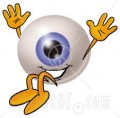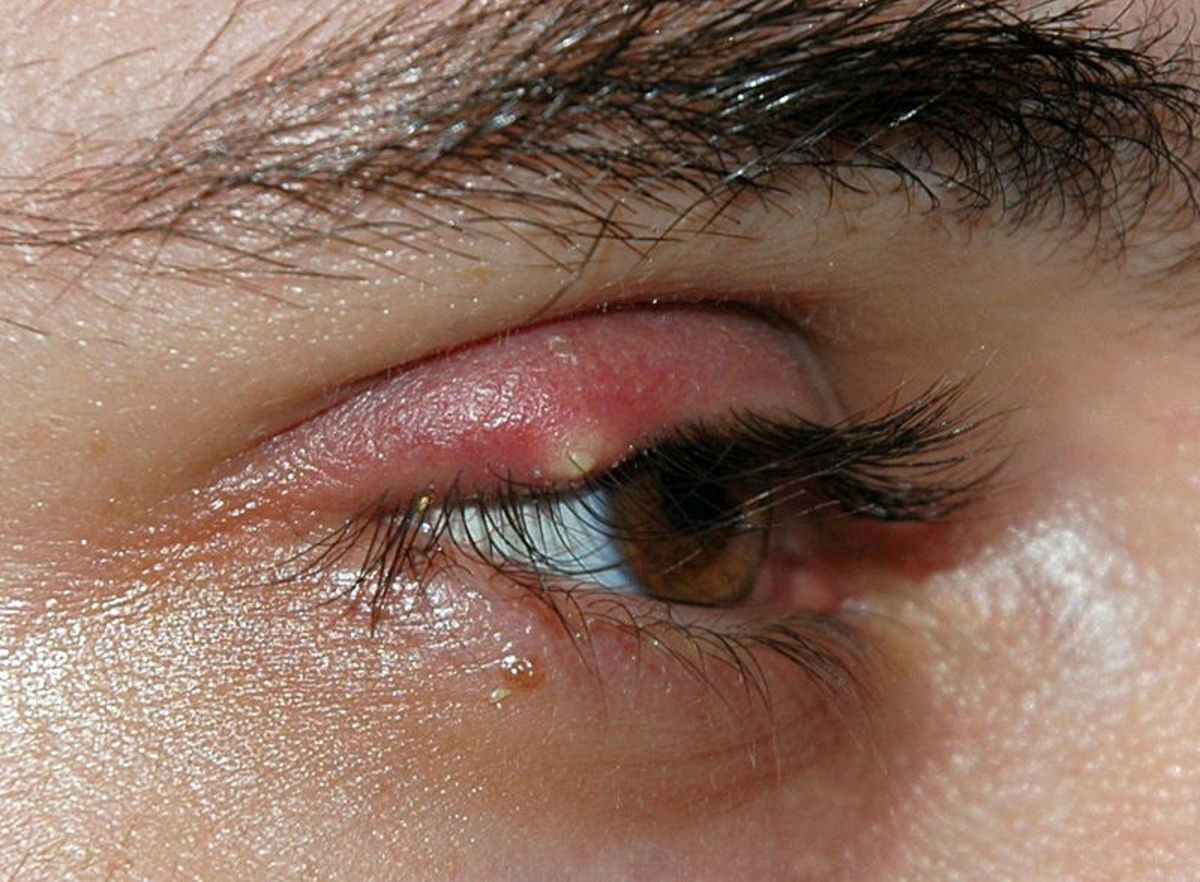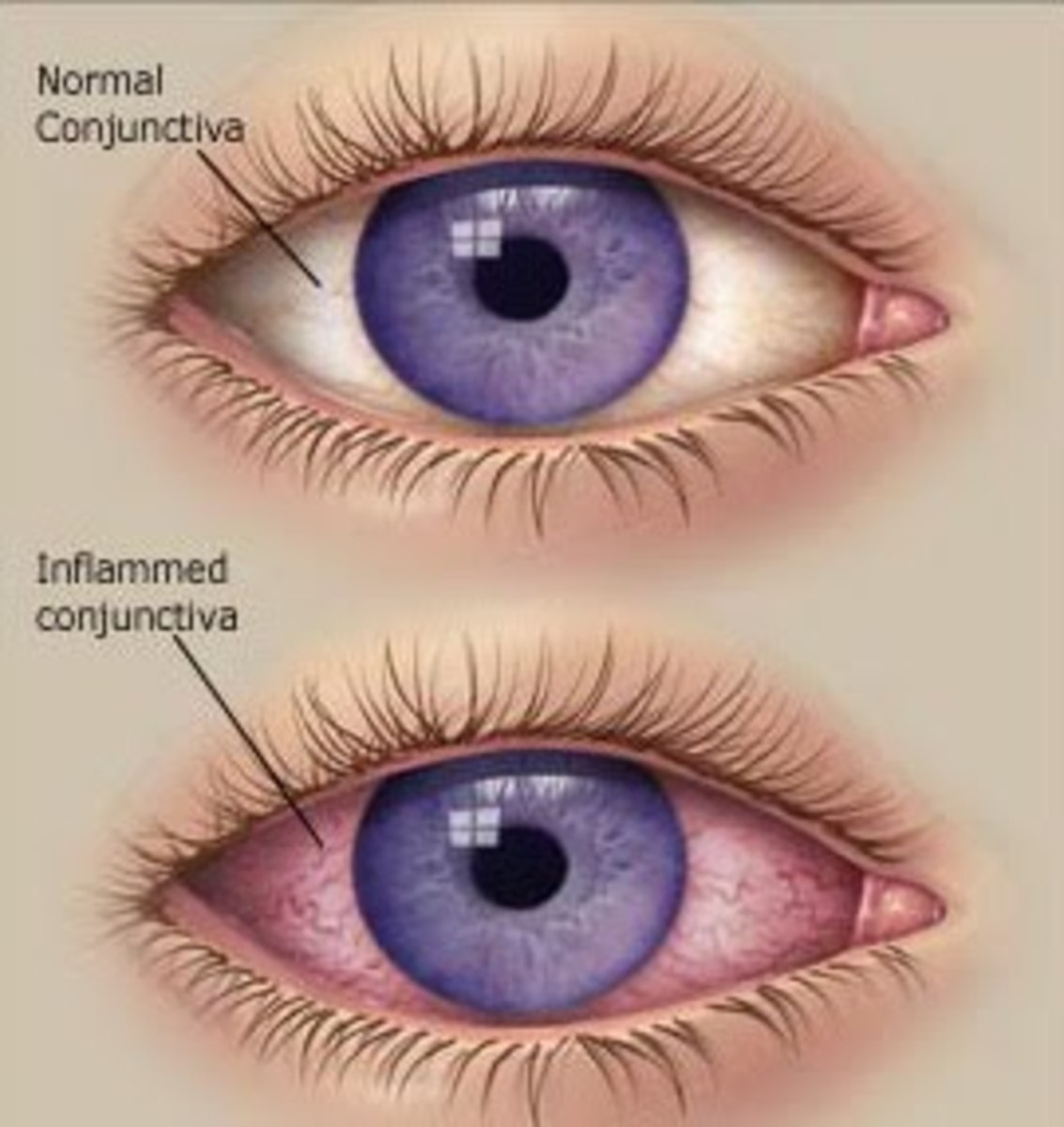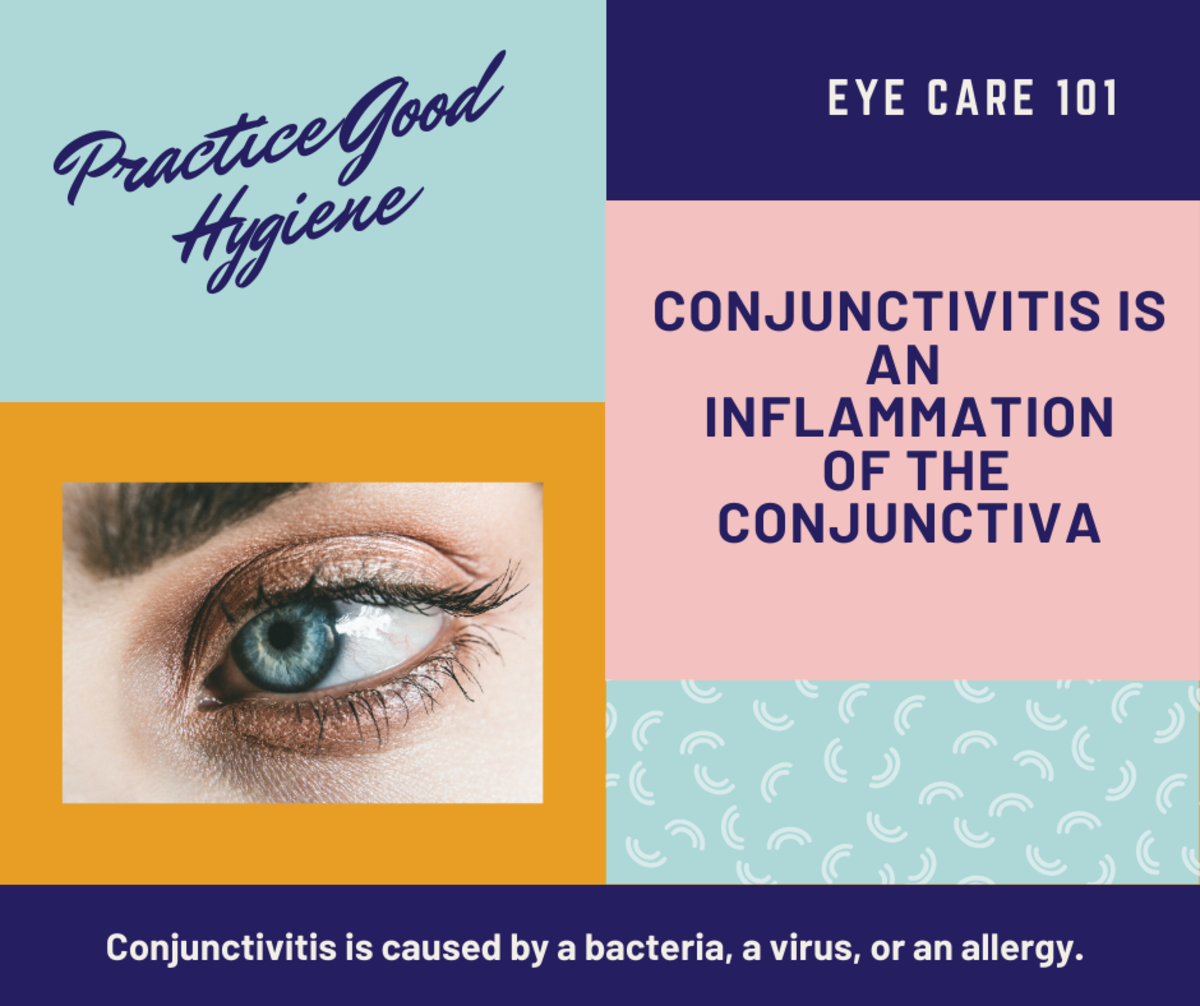Amblyopia - How a Lazy Eye Affects Vision and More
Amblyopia and Children
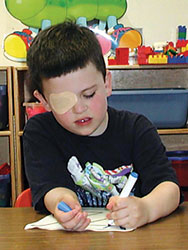
What is Amblyopia?
Amblyopia is a disorder in the brain, where vision in one eye had not properly developed. It affect 2-3 out of every 100 children and is the most often cited reason of visual impairment in one eye among adults (not seniors). Amblyopia affects approximately 6 million people in the U.S., most of them, being adult.
Amblyopia can affect one or both eyes with decreased sight. There is no known cause for this vision disorder. With early intervention, amblyopia is preventable and reversible through occlusion therapy. Occlusion therapy has been proven to be very successful in children by patching the stronger eye, and making the weaker eye do more work. The idea behind this is to help that part of the brain to develop more completely. Functional amblyopia is used to refer to this vision problem, when it is reversible. Organic amblyopia refers to this issue when it it irreversible.
By forcing the weaker eye, and patching the stronger eye, the plasticity of the brain helps the lazy eye to work better. Children who do not realize they have a vision problem, will grow up without proper treatment for their amblyopia.
Treatment for Amblyopia
Treating amblyopia at an early age is still very important, before the visual connections fully mature.
The first thing an opthamologist should do is to rule out an physiological cause and eliminate any diseases that could be picked up from a routine physical exam. Vision can be impacted by several mechanisms:from birth to 3-5 years old, visual acuity develops from 20/200 to 20/20. From birth to approximately the age of 6, important connections are made between the eye and the brain.
When the connections are not fully developed the brain ignores the images it sees from the weaker eye. By suppressing the information from the amblyopic eye, that eye becomes weaker.
Amblyopia occurs during important periods of visual development. There is an increased risk of it forming in children who are developmentally delayed, premature, or have a family history of this vision disorder. It is easier to diagnose in children who are old enough to read.
The crucial period to restore vision loss used to be thought up to about 6 years of age. But new studies are showing that children ages 7 to 17 are benefiting from this type of treatment.
Researchers are now re-evaluating whether age is a factor in being able to treat amblyopia. It is opening up new possibilities for people who have lived with amblyopia into their adult years. There are only limited studies, and up until recently not much was known about the success rate for improving vision in adults.
Scientists realize now that the plasticity of the brain can help even the adult visual cortex to improve.
Plasticity
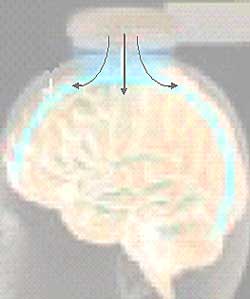
What is Plasticity of the Brain?
Plasticity, also called neuroplasticity is the ability of the brain to make changes within itself. As we learn and acquire new skills, abilities, and knowledge, our brain makes functional changes to capture this new information.
Plasticity of the brain continues throughout our lifetime. The changes involve different processes at different stages of life. There are many types of brain cells that are associated with the plasticity of the brain. The neurons, vascular cells, glia which make up the changes science knows about in the brain.
Science has seen the plasticity of the brain work as an adaptive mechanism that compensates for functions that have been lost. This has been seen and tested with adults who suffer from a brain injury, stroke, and other lost functions. Our brains are continually shaped by genetic and environmental factors , and by the actions of the individual.
Causes and Prevalence of Amblyopia
There are varying statistics about the prevalence of amblyopia. It can range from 1-3.5% in children without eye problems, to 4-5% in children with eye problems. It seems from most data that about 2% of the whole population have amblyopia.
Amblyopia, according to the National Eye Institute (NEI), is the number one cause of monocular vision loss in adults aged 20-70 years and older. There has been little change in the prevalence over time. There does not seem to be any racial preference, or gender perference to those who have amblyopia.
Amblyopia comes about from the understimulation or non use of the retina. It is a problem with the way the brain interprets the visual images the eyes see. Reading, catching a ball, and poor depth perception are some of the vision difficulties people with amblyopia have.
Types of Amblyopia
A family history of strabismus, and other vision problems can predispose a child to amblyopia.
There are many causes of amblyopia.
- Anisometropia is a condition where there are different vision strengths in each eye. One eye is blurry, and the brain suppresses these images. One eye sees much more clearly.
- Strabismus - an imbalance in the way the eyes are positioned. This can result in the eyes being cross eyed, known as esotropia,or in the eyes turning out, known as exotropia. Amblyopia can also be caused by one of the eyes being more astigmatic, or more near sighted or more far sighted than the other eye. On occasion, a cataract can cause amblyopia. This is the most common cause of amblyopia.
- Strabismic anisometropia - some people have both conditions.
Treatment for Amblyopia
In the past, children with amblyopia wore a patch over their stronger eye, to get the lazy eye stronger. Much of the data and success rate of patching the eye or drug therapy was with uncontrolled studies, and so data is a little sketchy for accurate results in older children, teenagers, and adults.
Researchers are looking to learn more about identifying factors that could be associated with treatments that will yield more precise success. Drug therapy, that dilates the pupils and blurs the image that the good eye sees has been around for nearly 100 years.
Data has shown that there may even be better success rate with pharmacological treatment, than with patching the eye with people who have mild t moderate degrees of amblyopia.
It used to be thought that after age 7, there was not much that could be done for someone with amblyopia. New findings, however, are showing that children from the age of 7 to 17, with amblyopia, may very well benefit from the same treatments that are used for younger children.
The National Eye Institute (NEI), is currently supporting this type of treatment for lazy eye. They now believe that occlusion therapy (placing al patch over the eye for a few hours a day) or pharmacologic therapy, using eye drops to dull the good eye for a few hours, has shown positive results.
A New Study that Benefits Adults
In a pilot study at the University of California, Berkley on adults with amblyopia, done in 2011, it was found that playing video games may help their vision improve.
The surprising results of the study found that adults who played 40 hours of video games showed marked improvement in their vision and in their 3-D depth perception.
This is the first research study that has shown that playing video games can actually lead to vision acuity in people with amblyopia. Dr. Roger Li, an optometrist and Helen Wills of the Neuroscience Institute at the Berkley, California University led the study.
Adults who have this condition do not respond as well as children do by putting a patch over their eye, which forces the brain to use the weaker eye, and makes the lazy eye stronger.
Amblyopia and Adults
Currently, there are no approved treatments for amblyopia. Many doctors still believe the window of opportunity to treat this is only in early childhood.
This study and others are proving that amblyopia can be treated into adulthood through perceptual learning. Perceptual learning is a way to learn with hands on experience, or practice through doing that results in performance changes and an improved ability to respond to their environment.
Intensive training using perceptual learning tasks involved were usually boring, and although offered marked improvement in some areas, it does not offer the same benefits it appears video games seems to do.
The study, which was funded by the National Eye Institute (NEI), had participants shoot at targets, played a game involving constructing things, playing these games 2 hours a day, 40 hours for the month. There were 20 participants aged 15 years old to 61 years old. They were divided randomly into 3 groups.
The group that played action shooting video games, a non action playing group and a control group who didn’t play a video game at all. All the participants wore a patch over their good eye. After one month, the participants who played either game showed a 30% improvement in visual acuity from their baselinem 16% in positional acuity, 37% in spatial attention, 54% in stereopsis.
There is New Hope for Adults With Amblyopia
Some subjects showed improvement before the 40 hours. Of the 20 people in the study, 50% had strabismic amblyopia, where there eyes were crossed or misaligned. 6 had anisometropic amblyopia, where both eyes have very different prescriptions. 3 had both of these conditions. One had amblyopia from cataracts. The participants with anisometropic amblyopia had a 50% improvement additionally in 3-D depth perception.
This is all very exciting news for adults who never had the opportunity to have their amblyopia corrected at a young age. The studies are still in their early stages and encourage people to work with their eye doctors and not self treat. But the results of this study are so promising, the researchers were given a 3 year grant by NEI to do more comparative research.



